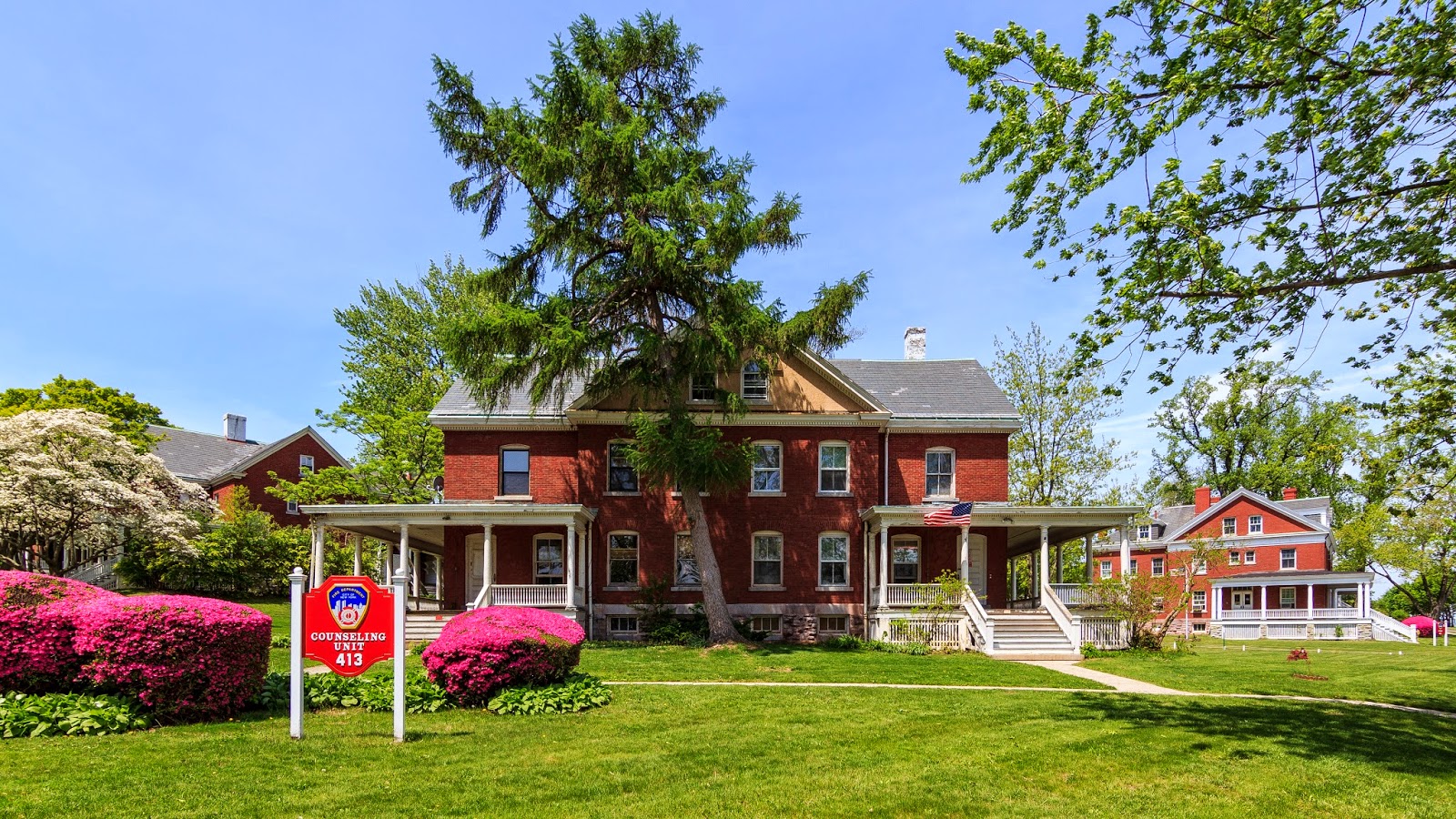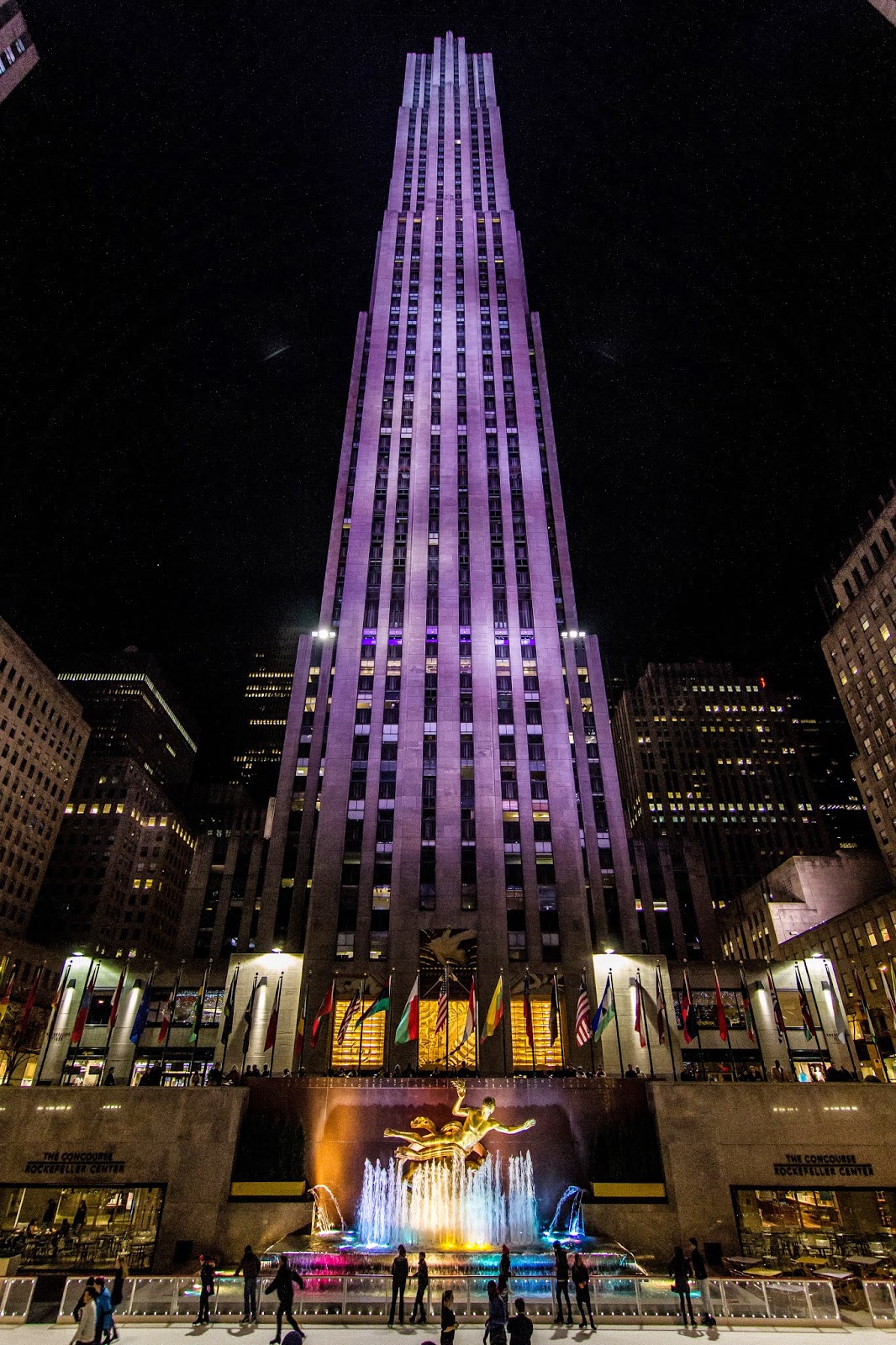In the beginning....
 |
| Zoom | |
I have always had a spark for photography. As a kid, my mother owned a Minolta SLR that would always join us on family vacations. As I grew older, she allowed me to play with it, maybe fire off a couple of shots. I fondly remember after returning to our home after vacation, the rolls of film would be dropped off for processing. A day or two later, we would retrieve the envelop of photographs, and all of us would enjoy reliving the great times we had just experienced on vacation.
Finally, sometime in high school, I was given my mother's old SLR. Life soon got in the way, and by the time I had departed home for college, the SLR had been left behind. I didn't take as many photos in college as I should have, but I was a poor theatre student whom couldn't afford film and development. Why I never thought to take a photography course, I don't know, especially since the dark rooms were in the basement of the Theatre Building, if memory serves me right.
The next big step after college was a move to Brooklyn, NY. The year was 2001. I had a film point and shoot, and used it occasionally in the first 6-9 months of living in New York City. I had seen digital cameras around, and my interest was peaked.
My first digital camera was a Fujifilm point and shoot that was larger than a normal point and shoot. I purchased it from ubid.com in the spring of 2002, and started taking it everywhere. My girlfriend, who would become my wife several years later, was performing on a cruise ship, I was freelancing, so somedays I would just go into the city and start taking pictures of everything. I took a cruise to see what my girlfriend's world at sea was like, and must have taken several hundred pictures of the food buffet.
"Your first 10,000 photographs are your worst"
Henri Cartier-Bresson
Most photographers are familiar with the above quote from Henri Cartier-Bresson. I believe it applies to anything one strives to do. Outliers: The Story of Success by Malcolm Gladwell also supports this theory. Needless to say, The first 10,000 of my photographs were bad. But they helped me understand composition. I also started to play with the Program Mode instead of fully auto, but still wasn't proficient at using a camera.
My next two cameras were little Sony point and shoot cameras, better sensors, larger files, smaller camera size. I would take my camera with me on vacation, when traveling for work, and site seeing in the city when people came to see us. During this time, I also was able to use a Canon Rebel that was available at my job. I started honing my skills with a dSLR, started remembering how to use a camera on manual, what the aperture did, how it affects the final image. Still though, I was shooting JPEGs, allowing the camera to make the processing decisions. I also didn't delete many of the photos that should have never been imported.
My wife and I were blessed with a baby girl in August of 2011. Before that time, my most patient subject were our two chihuahuas, though even they would roll their eyes at me when I would bust out the camera. Since my wife's family lives in Texas, and mine is still in Arizona, ever Christmas we would fly to one state or the other to spend the holidays with family. Our baby's first Christmas was spent in Queens, and with the money that we normally would spend on flights, I spent on my first dSLR, a Canon Rebel T3i with the EF-S 18-135mm f/3.5-5.6 kit lens.
I chose Canon for a couple of reasons. My job had a Canon, so I was already familiar with the layout and menus. My mother and friend own Canon cameras, so I figured maybe eventually we could borrow each other's gear. I chose the kit lens I did because that is the lens my mother had purchased with her 50D, and I thought it was better than the EF-S 18-55mm kit lens that I had access to at my job. I am pleased with my decision, though it isn't on my camera as much these days, it still is used a lot.
With the new baby, I had a new subject. I shot so many photos of her, and started keeping all of them even if they were a little out of focus. But that practice would end soon, as I discovered the beauty of shooting in RAW, and those larger file sizes started adding up quickly. The first 10,000 photographs with the new dSLR were marginally better than the point and shoots I had, but I would still consider most of them to be bad.
I struggled to get what my eye and mind saw onto the memory card. I started to understand a little more that aperture not only allowed more light in when opened up (smaller number), but also controlled depth of field. Focal length and its relationship to shutter speed was something else I started to learn. The histogram began to be useful to me as I understood dynamic range and its impact on my final image.
I read everything I could get my eyes on, trying to absorb everything I could that had anything to do with photography. Practice, practice, practice. I started to get gear lust, thought that if I got this or that, my images would be better. But with having a baby around, we didn't have disposable income, so I would just daydream about a fullframe camera, or some L glass.
I was also trying to find my style. I loved taking photos of New York City, and of the landscapes on our travels. I started getting interested in HDR. My early HDR work is overly processed. Lightroom 3 and Photomatrix was added to my software arsenal, though I wasn't entirely sure what I was doing with each slider.
The camera started going to work with me, I captured a couple of our events. One of these days, I brought it to capture an event we had at the New York Stock Exchange, firing off brackets to create some HDR images. Then, switched to my EF 50mm f/1.8 lens and went to the American Museum of Natural History for a client meeting. Shot some at the Museum, some on the subway on the way back to the office. That would be the last time I used that camera and lens, as my camera would be stolen off of my desk while I was in the back of the office. But it wouldn't be the last of the images I would create.
 |
| Last shot |
The first shot in this post is from August 3rd of 2012. One of my first attempts at a long exposure to get the light trails, I
lucked out with the LIRR crossing the Clearview Expressway. Canon 60D EF-S18-135mm f/3.5-5.6 IS
Aperture: f/14.0
Focal Length: 18.0mm
Shutter Speed: 10s
ISO: 100
The last shot in this post is from April 1st, 2012. Canon Rebel T3i EF 50mm f/1.8
Aperture: f/2.0
Focal Length: 50mm
Shutter Speed: 1/60s
ISO: 400



























